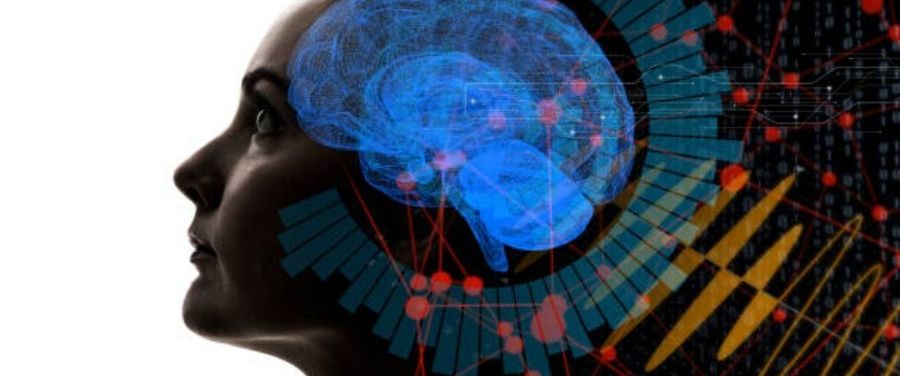WHAT IS GLIOBLASTOMA MULTIFORME?
A brain tumor is the result of abnormal cells created within the brain. There are two main types of brain tumors — malignant or cancerous tumor and benign tumor. Cancerous tumors can be divided into two tumors — primary tumors and secondary tumors.
Primary tumors start within the brain, whereas the secondary tumors spread from elsewhere. Secondary tumors also known as brain metastasis tumors. So, Now without wasting of your time, lets discuss about most aggressive cancer glioblastoma.
Glioblastoma is a type of brain cancer, which is most common type of malignant brain tumor among adults. It is also known as glioblastoma multiforme (GBM). It is usually very aggressive, which means it can grow fast and spread quickly. Although there is no full cure, there’re treatments to help ease symptoms.
HOW COMMON IS IT?
Brain tumors aren’t common. When they occur, about 4 out of 5 aren’t glioblastomas. Men are more likely to get this disease than women and chances go up with the age. Doctors diagnose about 14,000 glioblastoma multiforme brain tumor cases in the United States each year.
WHAT ARE THE SYMPTOMS OF GLIOBLASTOMA MULTIFORME?
Glioblastoma multiforme symptoms include —
- Double or blurred vision
- Constant headaches
- Seizures
- Vomiting
- Trouble thinking
- Changes in mood or personality
- Trouble speaking
WHAT ARE THE RISK FACTORS OF GLIOBLASTOMA MULTIFORME?
1. Age:
Risk of a brain tumor or cancer increases as you grow old.

Glioblastoma multiforme blood tumor occurs more commonly in men. It is most common in adults between the age of 45 to 65 years. Certain types of gliomas, such as pilocytic astrocytomas and ependymomas, are more common in children and young adults.
2. Environmental:
Other risk factors include exposure to smoking, pesticides, and working in rubber manufacturing or petroleum refining.
3. Genetics:
It’s rare for glioma to run in families. But having a family history can double the risk of developing this disease. Uncommon risk factors include genetic disorders such as Li–Fraumeni syndrome, neurofibromatosis, tuberous sclerosis, or Turcot syndrome.
HOW IS GLIOBLASTOMA DIAGNOSED?
The diagnosis typically is made by a combination of CT (Computed Tomography) scan, MRI (Magnetic Resonance Imaging) scan, and tissue biopsy.

IS GLIOBLASTOMA MULTIFORME CANCER CURABLE?
No. There is no cure for glioblastoma multiforme cancer. Although, patients with this malignancy have many treatment options available to them.
WHAT ARE THE TREATMENTS OF GLIOBLASTOMA MULTIFORME?
The first line of defense from this disease is surgical removal, called a resection. Not all GBMs are operable. In case the neoplasm is located at the mind stem or anyplace else where resection might cause more harm than improvement, then surgery isn’t an option. The following line of defense is radiotherapy, 5 days a week, for four to seven weeks, along with all chemotherapy.
When the radiation is completed, then there’ll be per maintenance protocol of continued chemotherapy for a few months. MRI is conducted, when brain participation is anticipated. The MRI will show up this tumor, in which it’s located, its shape, and its size. From per biopsy, tissue samples are sent to pathology in which the tumor is recognized.
Temozolomide (an oral chemotherapy drug) is frequently used as part of chemotherapy. High dose steroids may be helpful to reduce the swelling and decrease the symptoms.
FINAL WORDS
Glioblastoma multiforme brain tumor is incurable i.e. there’s no full cure available for this disease. Typically, treatment involves surgery, after which chemotherapy and radiation therapy are used.
RELATED ARTICLES:
